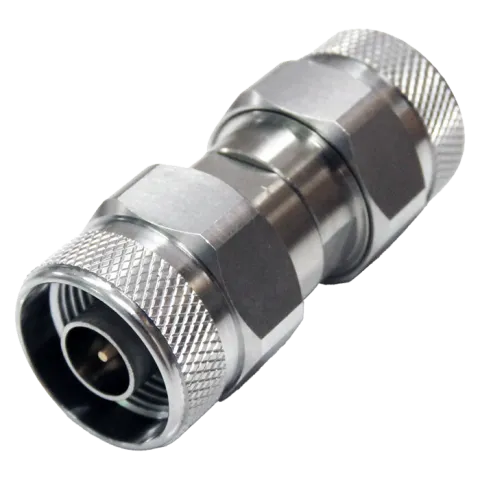Description
The Huang Liang N Male to N Male Adapter (Part Number: ADU1-NM1-NM1) is a high-quality 50 Ω coaxial RF adapter designed to operate within a frequency range of 0 GHz to 18 GHz. Manufactured from passivated stainless steel (303) with Beryllium Copper inner contacts and Gold plating, this adapter ensures durability and optimal signal transmission.
Featuring N Male interfaces with a straight body shape and free-hanging mounting mechanism, it is compatible with N Female interfaces. The adapter functions efficiently in extreme temperatures from -65 °C to 165 °C, making it ideal for various demanding applications, including military, telecommunications, and aerospace industries.
Certified to ISO 9001 standards and RoHS compliant, the adapter meets rigorous quality and safety requirements. With over 30 years of expertise in RF technology, Huang Liang provides reliable and precise solutions for diverse technical needs.
RF Connector Interface
| RF Interface | Body Shape | Mounting |
|---|---|---|
RF Specification
VSWR Measurement
| Frequency | VSWR | Insertion Loss |
|---|---|---|
|
18000 MHz
|
≤ 1.2:1
|
0.25 dB
|
Physical Specification
Drawing

Downloadable Resources
Huang Liang is a Taiwanese manufacturer of precision coaxial connectors, adapters and cable assemblies. The company provide solutions to different industries including military, telecommunications, and aerospace.
Over 30 years of experience in developing and designing RF products, Huang Liang has overcome many challenges, resulting in unmatched expertise in the field of RF technology. Huang Liang ...

